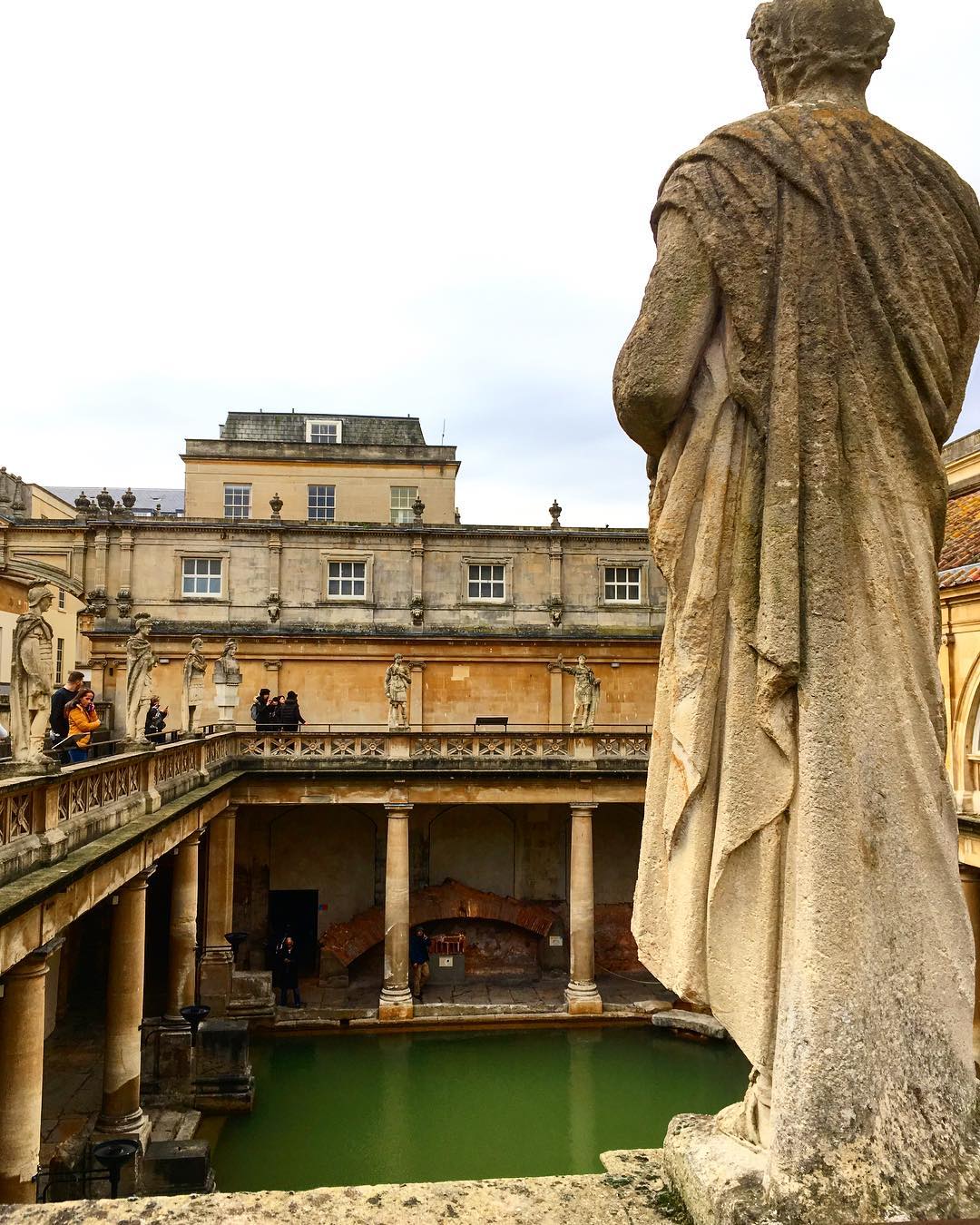Nubian Village: A Day Trip From Aswan
There are certain expectations when travelling to Egypt that one anticipates and looks forward to. From exploring the majesty of the temples and astounding structures of the pyramids, among which Abu Simbel and the Pyramids of Giza reign, to scuba diving deep within the core of the Red Sea, where scintillating coral reefs and a manifold of buoyant marine life live. But whether unheard of, or simply overlooked, traditional Egypt flourishes in the Nubian Village, situated along the Nile River.
Colours of honey yellow and maya blue houses saturate the scene, surrendering only when the vermilion, sandy mountains rise and dominate the backdrop. With a distinct feeling of a remote and community-oriented village, it is easy to see how the Nubian Village has retained the essence and appearance of an ancient traditional housing complex, architecture and lifestyle.
Here, more than anywhere else in Egypt, is a highly rewarding and enriching experience waiting to be had; one that is completely divorced from the motivations of tourism. While at the Nubian Village, travellers can participate in the ancient traditions of henna hand-paintings, drinking tea and connecting with village locals, while avoiding the ferocious bites of the common crocodile pet, which are but a few guarantees on this day trip from Aswan.
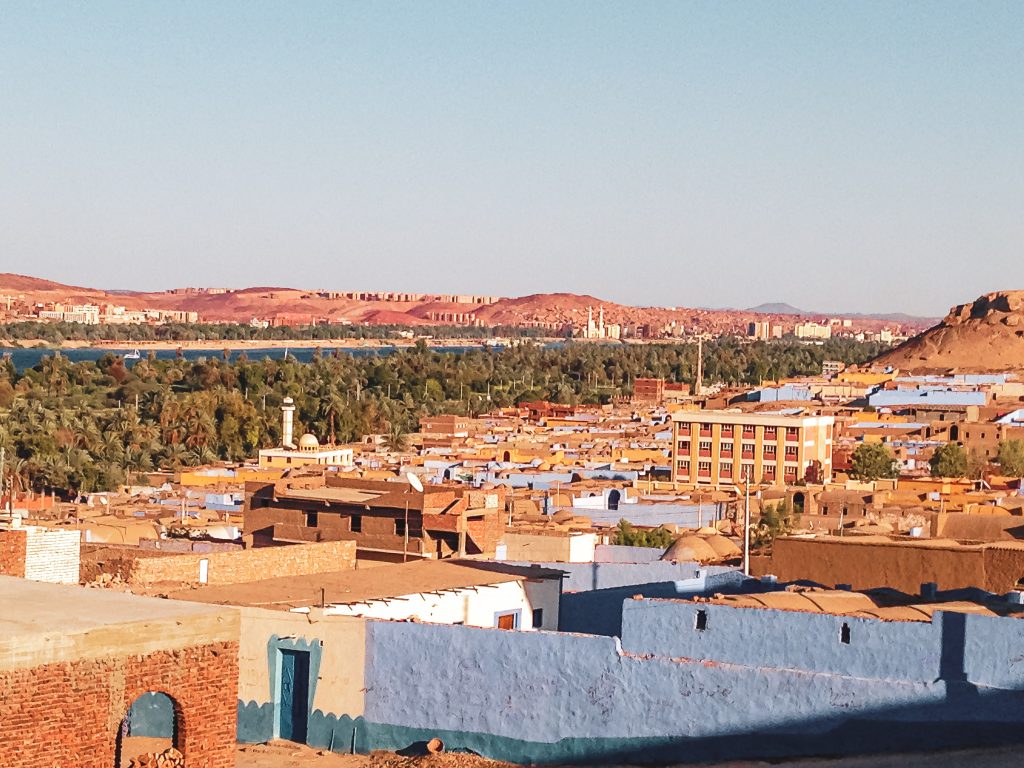
Picturesque Boat Ride Down The River Nile
Traditional Egypt is something of an enigma these days. Many believe it to be attainable while touring the pyramids, temples and plethora of markets that have made Egypt so well-known. For those who’ve seen the intimacy and receptivity of tiny Egyptian communities, it becomes evident that these areas are closer to the truth in defining what ancient Egypt really was like.
First, travellers will ride on a felucca; a traditional wooden sailing ship that’s powered, not by a motor, but by the gentle wind pushing against its single sail. Being alone, with the exception of the 10-12 others on the boat, on the Nile River, where no outward signs of modernity are present is blissfully quiet and calming. For those in the know, the felucca offers travellers a leisurely meander through history, allowing them to experience the Nile in the traditional way commoners and pharaohs alike did in ancient Egypt.
Enter The Nubian Village By Jeep
Disembarking from the ship means leaving behind the serene and tranquil atmosphere of the Nile and instead becoming head on acquainted with an adrenaline-packed, dusty escape by jeep to the heart of the Nubian Village.
Arriving into the village, a cluster of young children, ranging from five to fifteen years of age hide behind pillars, car, and anything that provides them with sufficient concealment. It’s a dawning realisation that we, discerning travellers, are – in their eyes – intruders. For these youngsters, we are invading their private home that has been little frequented by tourism due to its remote and divorced position from urbanisation and consumerism.
Despite the initial confusion and hesitancy, travellers are welcomed with open arms, wide smiles and an extraordinary amount of attentiveness. In complete contrast to those Egyptians who pester tourists to buy trinkets, these Nubian Village locals go to lengths to give their guests anything they could desire. There’s a pervading impression circulating the air that if travellers wanted something impossible, these kind-hearted beings would go to lengths to make it happen.
The rewarding experience previously mentioned comes from comprehending that coming from a westernised culture is not always a privilege. For many, myself included, we have technological advances, consumerism, and material wealth, but these are luxuries devoid of meaning. Whereas, here at the Nubian Village, the lifestyle in practice is bursting with qualities often missing in larger, urban environments; interpersonal relationships, loyalty, honesty and an ingrained desire to help anyone, especially those unknown to them. It’s a blessing to be a part and accepted into such a community!
Tour The Nubian Home
The surrounding houses are all tiny, with one rectangle room that includes the sleeping area, kitchen, and seating area. Paintings line the walls and most interestingly, the Nubian community have kept to an ancient tradition of hanging all their valuable belongings, including cooking utensils and instruments, from every bit of wall and ceiling space.
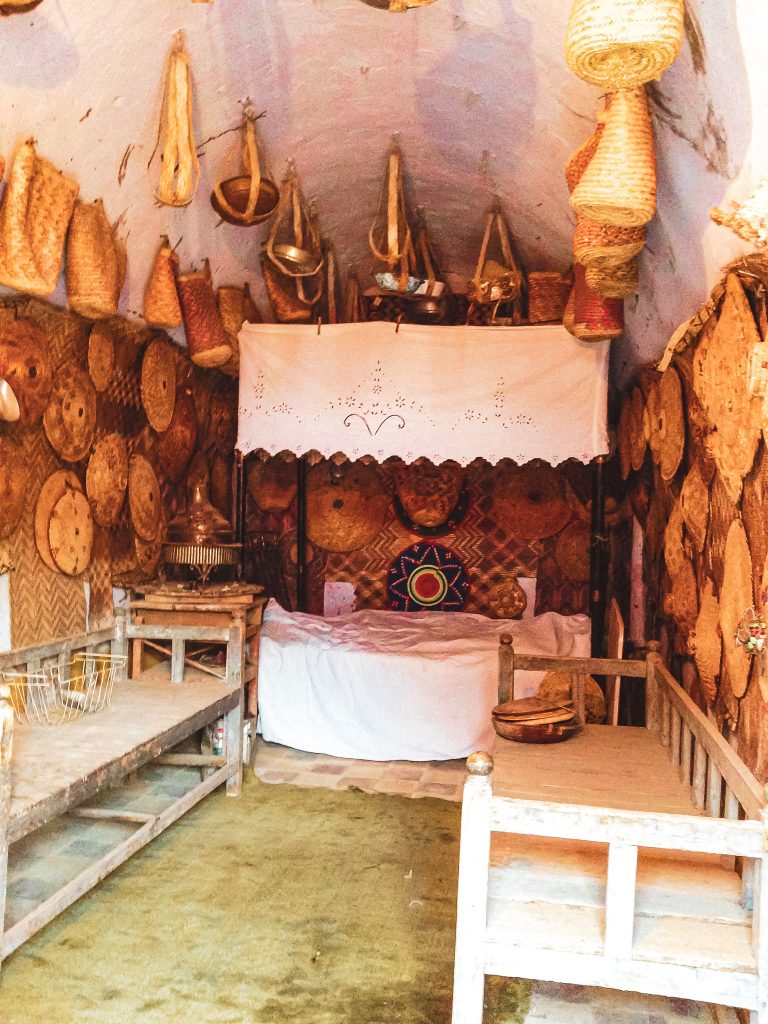
Upon entering one such building, there were two young men rebuilding a damaged wall with mud and brick. Wonderfully, again, this is in keeping with the ancient tradition of building houses out of these elemental materials, along with plastered ceilings and wooden beams to hold up the flat mud roves. Knowing that the ancient Egyptians built their homes in such a manner, means that meandering through these rooms gives a glimpse into the past and allows one to experience, rather than hear, history repeat itself.
Continuing further through the entrance, travellers are faced with a purple and white geometrically patterned courtyard that is principally used as an enclosure to house farm animals, including their crocodiles, and has five to six rooms extending off from its centre. These rooms are based, again, off of an ancient Egypt house model. The matriarch of the house – in rudimentary English – explained that she shares this entire space with her family; comprising three generations, of which there are several children and a multitude of grandchildren.
Floor, ceiling, and walls are all made of mud while the most luxurious furniture is their chairs, even though these are rough and weather-beaten. The simplicity and genuine gratitude for what they have is a refreshing and humbling adventure, almost as soul enriching as trekking through spiritual lands of Bali.
Seeing that running water is still uncommon in such small villages, a reflective mood transpired where their simple, yet fulfilling lifestyle is in stark contrast to the cluttered lives of western society. Here, food, water and a roof over heads are the only components necessary for a successful and fulfilling life. A lesson many need to hear!
The houses are also joined to one another in a continuous row where the roofs are built of layers of dried date-palm leaves, with palm-wood rafters and corn. The sharing of walls visually represents the community way of life here; everyone looks out for everyone and as a result, there is a feeling of mutual respect, love and kindness; very different to busy city life in England.

Get A Henna Tattoo At The Nubian Village
While touring the house, one has the opportunity, if daring enough, to get a beautiful henna design painted onto them. Designed and carried out by local women who paint intricate designs, rich in heritage and culture, within minutes.
As the sun begins to set, travellers are caught by the reminder of Mother Nature’s eternal and staggering beauty. But with the Nubian Village in the foreground, there’s a similar feeling that traditional lifestyles, rooted in culture, history and community are as charming, intoxicating and enriching and those lucky enough to discover them are better off. There’s no doubt such a humbling and culturally distinct experience will leave one changed forever!



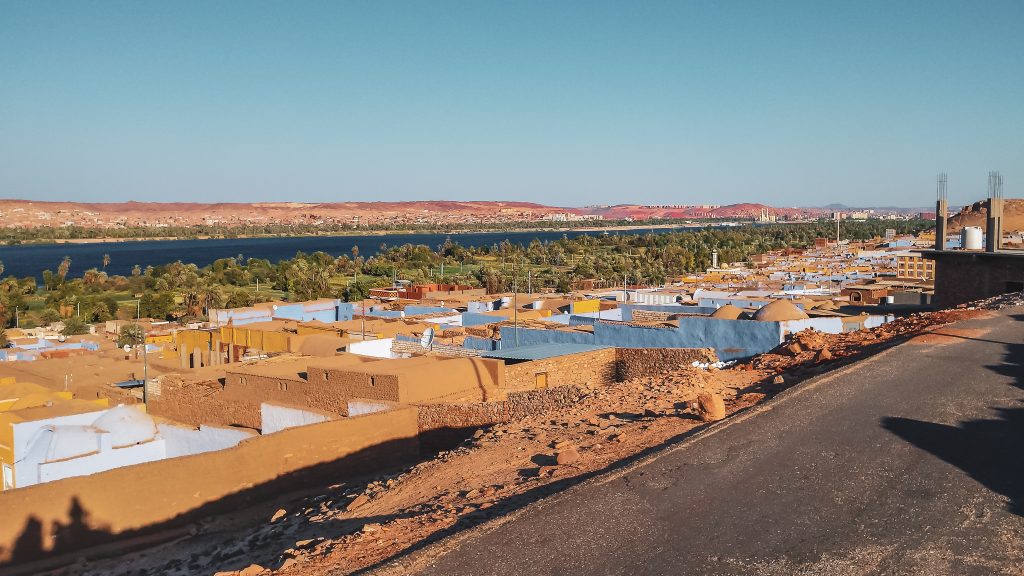

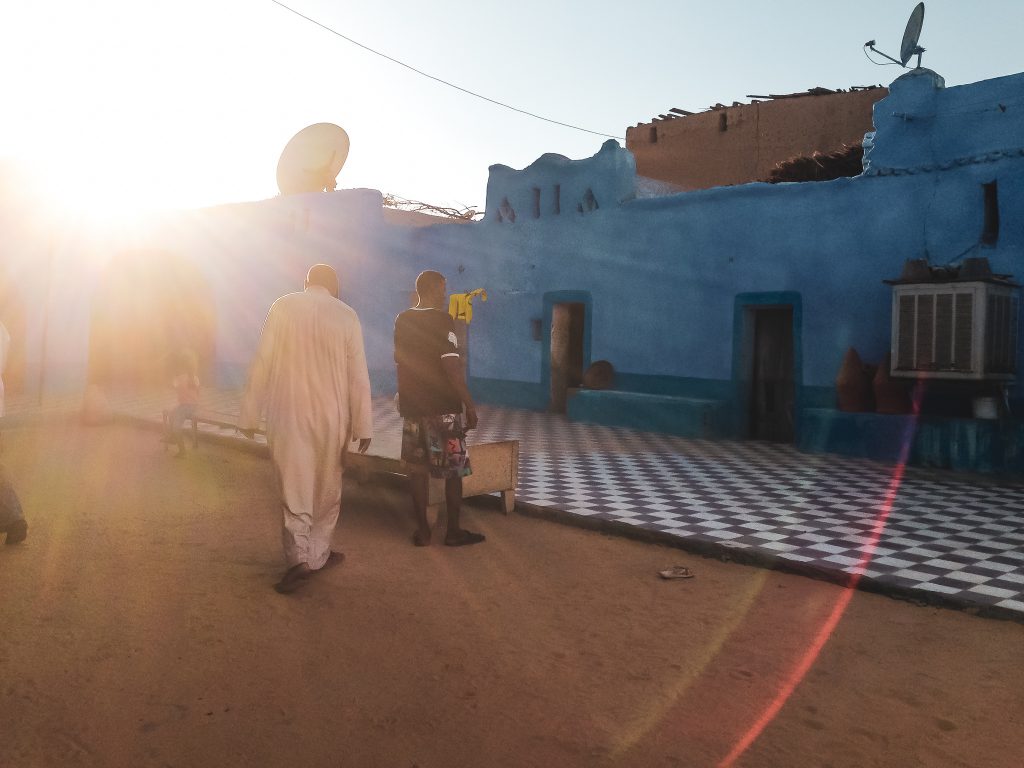
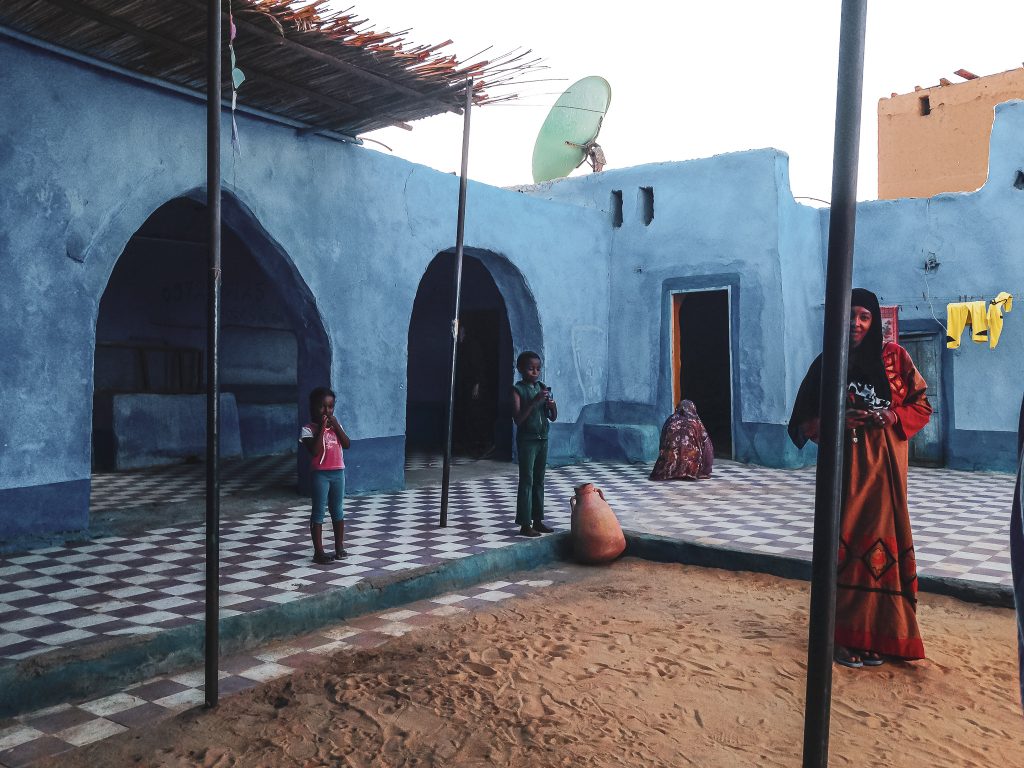
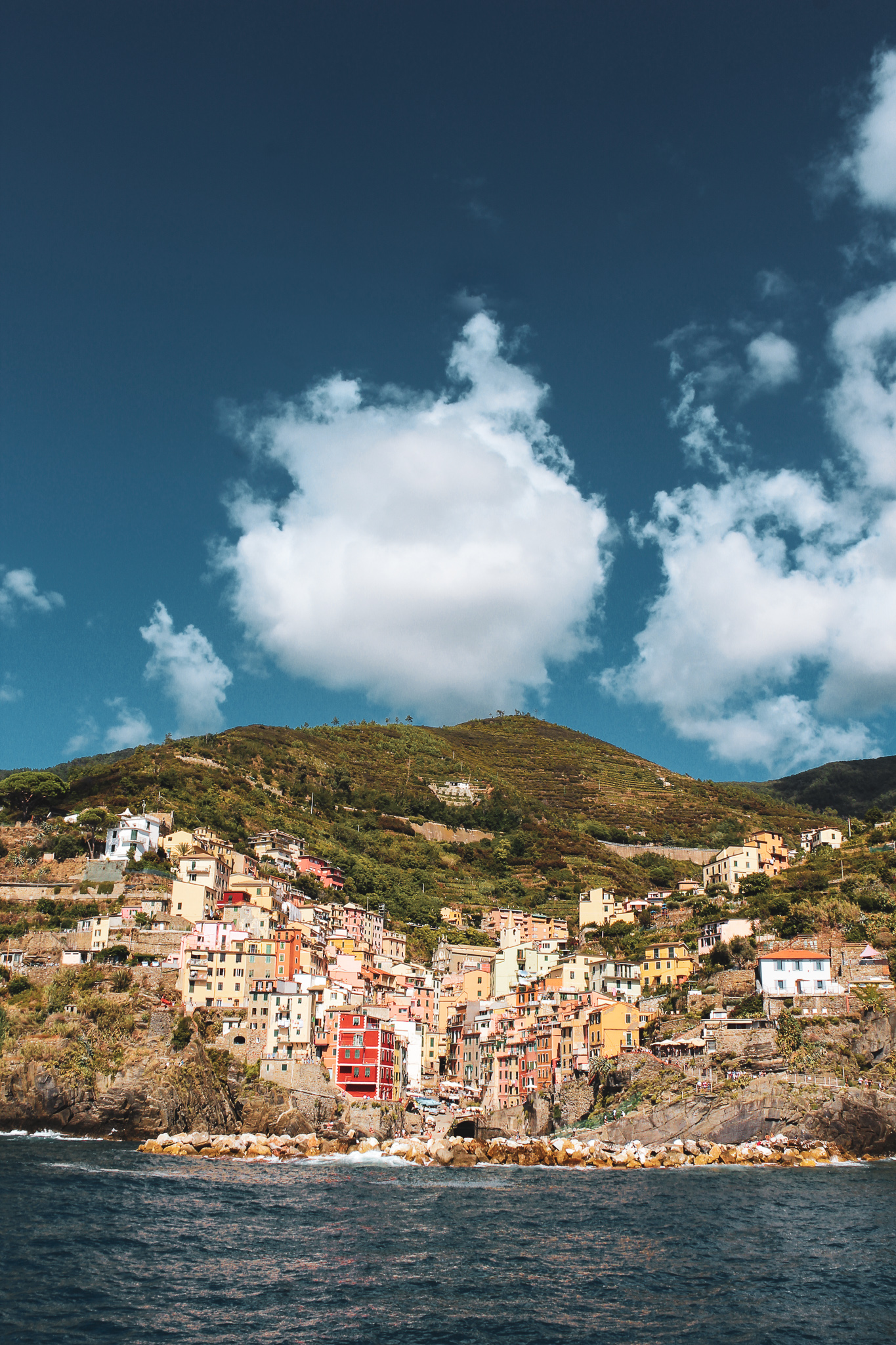
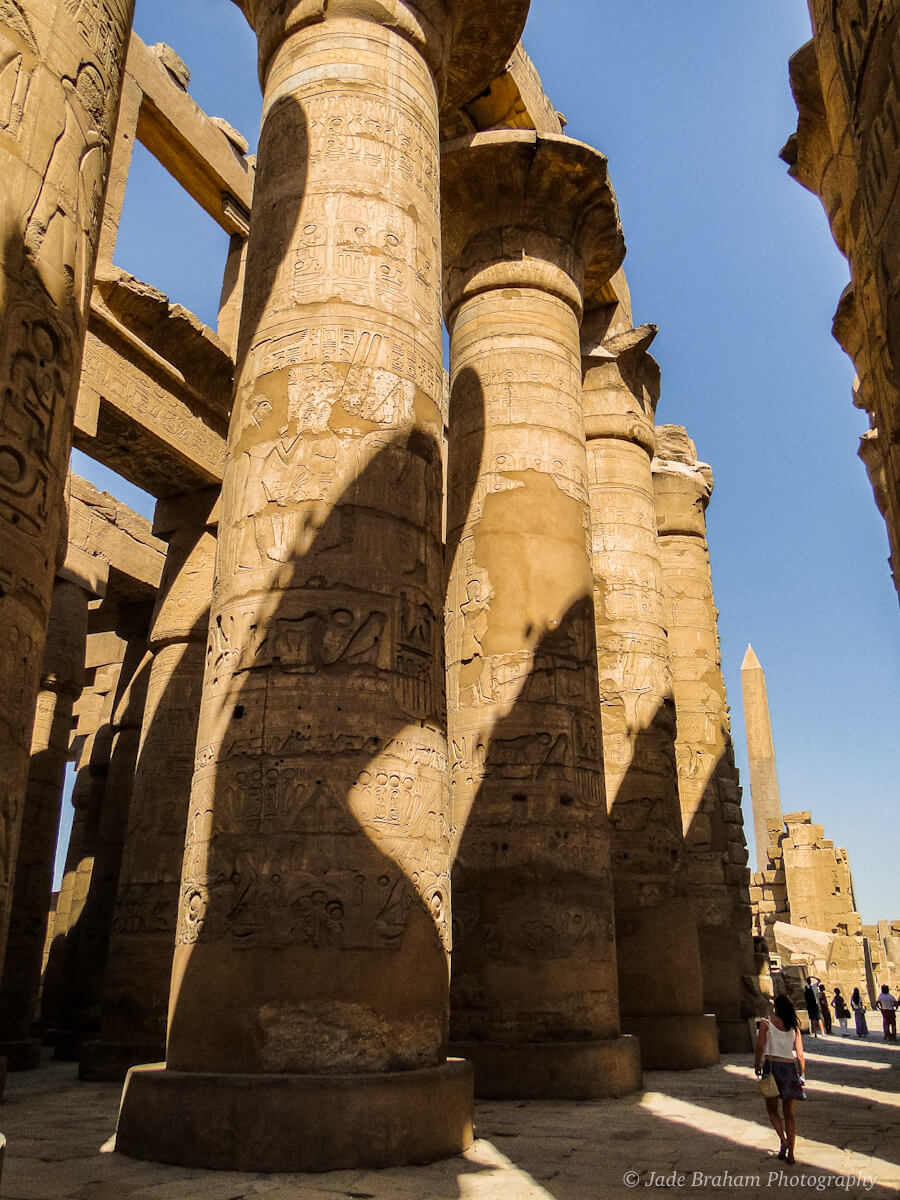
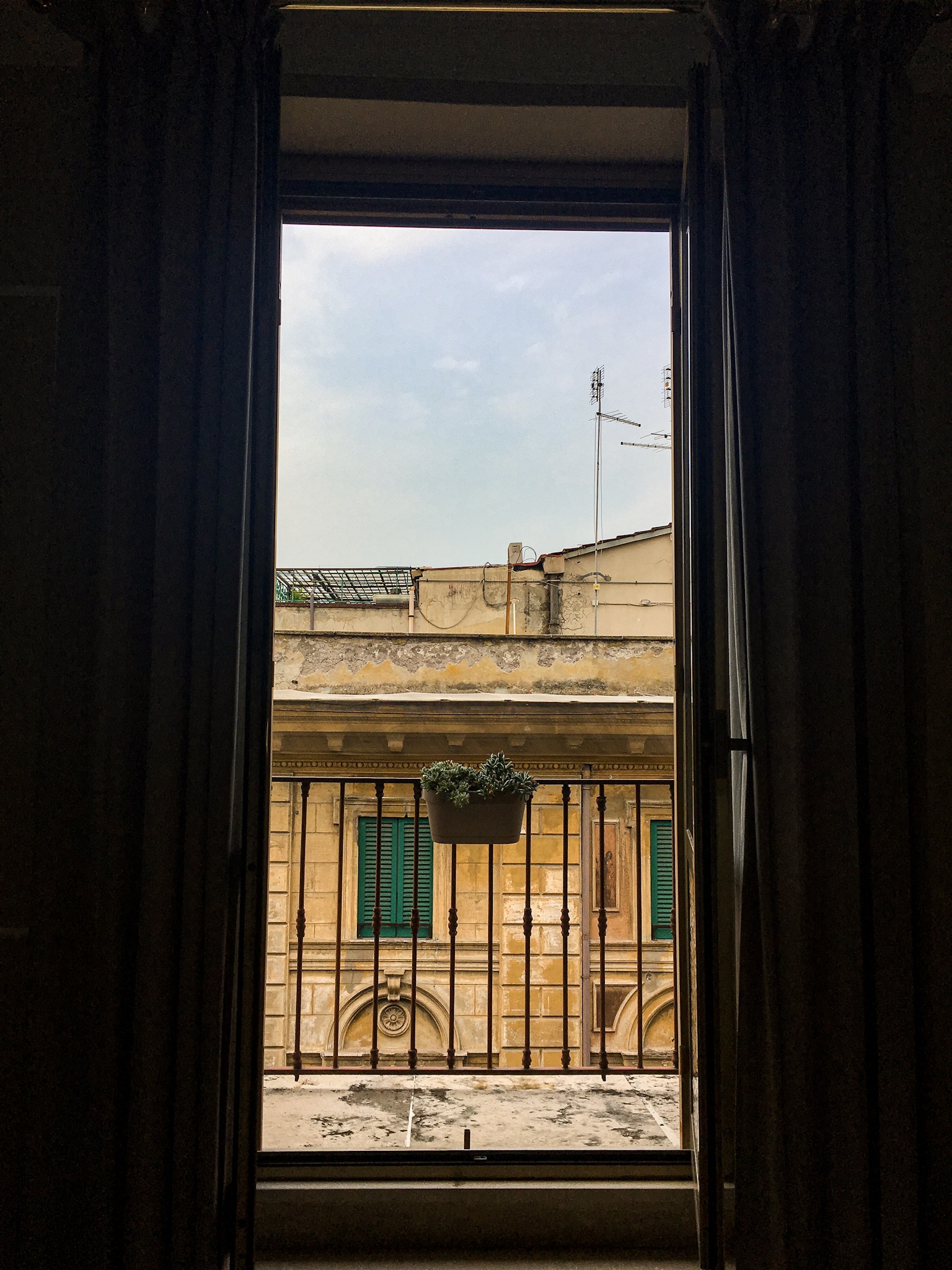

![Baths of Caracalla [Guide]](https://jadebrahamsodyssey.com/wp-content/uploads/2019/10/71649195_409239486455315_1611838085874581504_n.jpg)
